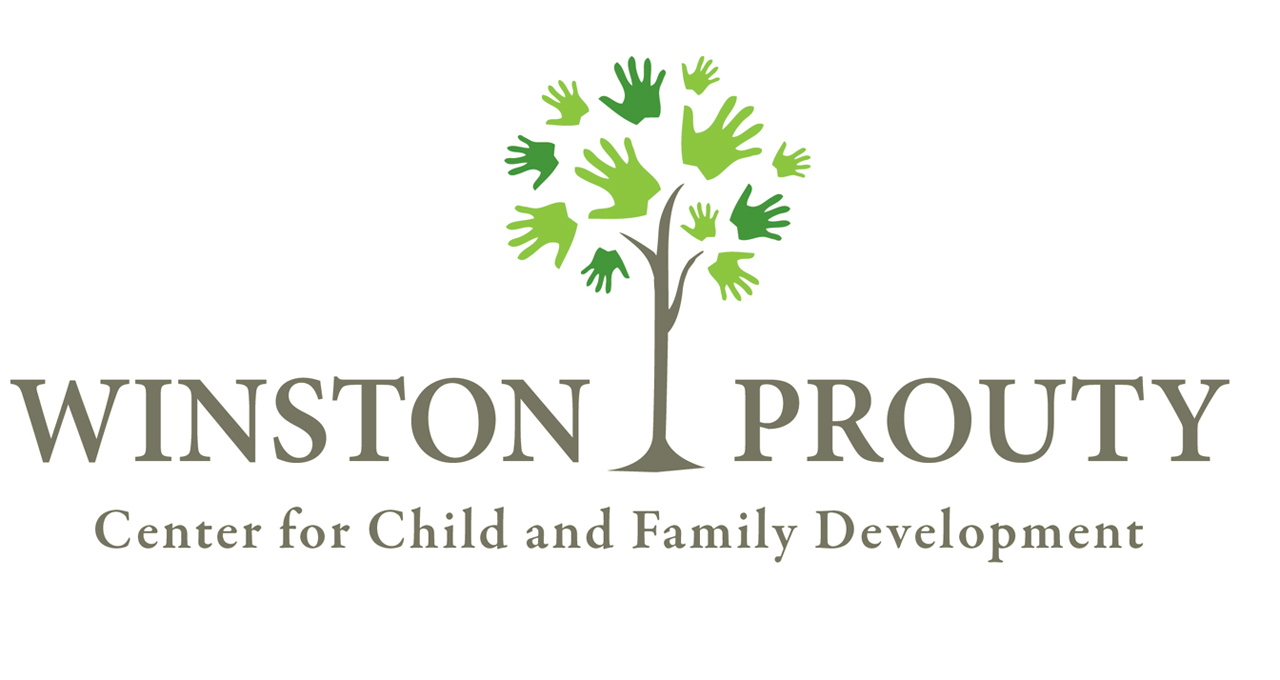Using the child tax credit for those who need it most
By Chloe Learey, Executive Director. Published in the Brattleboro Reformer, February 3, 2020 and VTDigger, February 14, 2020
The 2017 tax bill included a provision for an increase in the child tax credit. The amount per child went up to $2000, and families making up to $400,000 filing jointly were made eligible for the program. Unfortunately, recent media reports indicate that the increase has not helped those who need it the most.
The child tax credit is the largest federal expenditure on children, costing $127 billion a year with the 2017 changes, an increase of $73 billion. By comparison, the earned income tax credit costs $65 billion and food stamps cost $60 billion. Almost 40 percent of that increase ($28 billion) went to families in the top 20 percent of the income eligibility bracket, while only 2 percent went to those at the bottom. This is because the more you earn the larger credit you get, and 35 percent of children do not benefit from the full $2000 because their parents earn too little. One mother who earned $15,000 between 5 different jobs received a $934 credit for each of her 2 children, an increase of $75 from the changes the 2017 tax bill made. This is compared to a single parent making $200,000 who would receive $2000 per child. One can understand why it is worth asking the questions “Who needs it more?”
While the program started as a pure tax credit, it now includes “refundable credits.” If a family does not have an income-tax liability they can get up to $1400 in cash. Access to cash goes a long way in making a difference for children living in poverty, and the National Academy of Sciences found that giving the full $2000 credit to poor families would cut child poverty rates by 26 percent. The Academy reviewed many studies and found that raising the income of families has a range of benefits for children, from better test scores and graduation rates to higher earnings and employment as adults. Part of this positive impact may come from the alleviation of stress that can reach toxic levels in families living in poverty. For instance, a child who knows there is enough food and is not worried about how her parents are going to pay the bills to keep the electricity on in the house is a child who can actively engage in school.
If the child tax credit is going to be the largest investment we make in children, it is worth making sure that it is having the greatest impact possible. The 2017 tax bill mostly cut corporate taxes, and the Senate rejected a proposal from two Republican Senators to decrease the corporate cuts so that there could be a larger credit for the poor. This proposal would have given the mother mentioned above about a $450 increase instead of $75. When we see headlines like “Amazon pays no taxes” it makes it especially difficult to understand why such a proposal would not pass. Granted, tax bills are complicated beasts and there is not necessarily a 1:1 correlation between the child tax credit and Amazon’s tax bill. However, we can assume that a direct financial benefit to families will have a larger positive impact than the hypothetical trickle down from corporations like Amazon. Investing in children is an important aspect of economic growth and prosperity, and a priority that should be reflected in our economic policies such as the child tax credit. If we continue to invest more in children whose families are adequately and abundantly resourced we are not maximizing our investment.
Among developed democracies, the 13.7 percent rate of child poverty in the U.S. is one of the highest. Countries where child poverty is less common, such as the United Kingdom, Canada, and Germany, support nearly all children, regardless of parents earning levels, through child tax credits or allowances. The American Family Act (S.690), introduced in March of 2019, would expand the tax credit. It was read twice and referred to the Senate Committee on Finance. Now is the time to get our senators to act.
We will gain more if we use our resources to decrease poverty, and changing the child tax credit is an excellent mechanism for doing just that.
